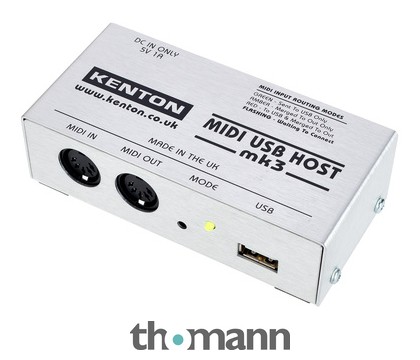Ouch, this could become longer, but I'll try to keep it civil for a start.
Hardware:
1) "Core Unit"
This will be the same in all iterations (whether there'd be a scaled down version at one point in time is irrelevant for now).
While some things could possibly be discussed, it should only contain the most essential things. Could be like a sort of "block-ish" design with a touchscreen on top (which will likely be subject to further discussion...) and just some barebone I/O on whatever side, kinda like stereo I/O, USB I/O and that was it already. In addition there would also be some "docking" connector (of whatever format).
2) "Floor Dock"
Something to seamlessly fit the Core Unit in. Needs to be pretty much a one-click operation, just slide it in, make it click and both units should look like one.
Btw, there's sort of a successful example of this kind of approach, namely the TC G-System which had the rack-compatible core unit mounted below the pedalboard thing so you could use it either just on the floor or mount it in a rack.
The featureset of the Floor Dock could be discussed, ideally it'd either be stackable (4, 8, 16, 256 switches and knobs, whatever...) and in an ideal world the "dock standard" would allow for 3rd party solutions, but as I do in fact understand companies having to make profit, I could as well understand this to remain largely proprietary - just do things right!
This very dock would of course also come with all the connections you may need. Could perhaps even be done in a modular fashion, should people need very little or a whole lot of connections. Think along the lines of, say, I/O cards that you can slap into mixing desks (usually a pretty painless affair which even less tech savy folks manage to accomplish).
It could be discussed whether switches and knobs needed scribble strips. They're fantastic but perhaps wasting space, costing money and adding another layer of something that could break.
3) "Desktop Dock"
Again something to mount the Core Unit to seamlessly. And again something that could come in more than just one incarnation. Could as well feature different I/O options than the floor unit. For example, when gigging, SPDIF is pretty irrelevant whereas in a recording environment, you may want it. Obviously, you'd likely need no switches, either - but maybe more knobs (in a future world, this could as well even function as a DAW controller).
3b) "Rack Dock"
Pretty much a mixture of (2) and (3).
4) General things:
- All encoders are endless "clicky" versions with very clear LED readouts.
- The display(s), LEDs and what not *need* to be visible under all lightning conditions (no Helix "I can't even see whether the thing is switched on" drama again!).
So much for the basic hardware design ideas.
There's still lots of things that could obviously be discussed.
- What I would find great would be if the touchscreen could be unmounted from the Core Unit (and btw, I would love that with any modelers coming with a touchscreen). It should instantly work wirelessly and be charged already. That way you could just place it next to you in case you're, say, rehearsing and still need to adjust sounds (without spending half of the rehearsal crawling on the floor).
Another idea would be to detach the entire Core Unit from the Floor Dock and connect it through some docking port extension cable.
- Having said that, the Core Unit may not even need a touchscreen to start with - but there's defenitely some pros to keeping it proprietary instead of having to support multiple mobile OSes.
- There could as well be detachable knob "bars". You might even be able to detach them from the Core Unit along with the touchscreen and mount the two on a dedicated stand. Again, that'd make editing "floor-crawling-free" and you could abuse the combination of touchscreen and knobs for wild realtime tweaking mayhems.
Needless to say, all components should be of very decent quality. I don't want to deal with broken joysticks again just because some company wanted to save a few pennies. I'd happily be charged the extra cost.
Hardwarewise, these alone would cover pretty much everything that is available at the moment in terms of possible form factors.
Also, with a system such as this, you'd probably never need any software editor as the device could always be placed in reach - which could save quite some development costs.
Ah well, will continue with the software portion later on.






